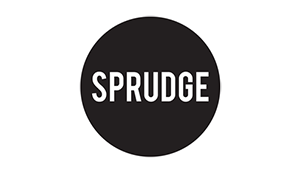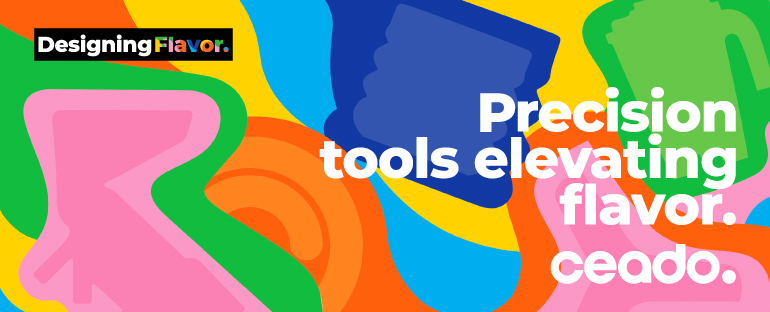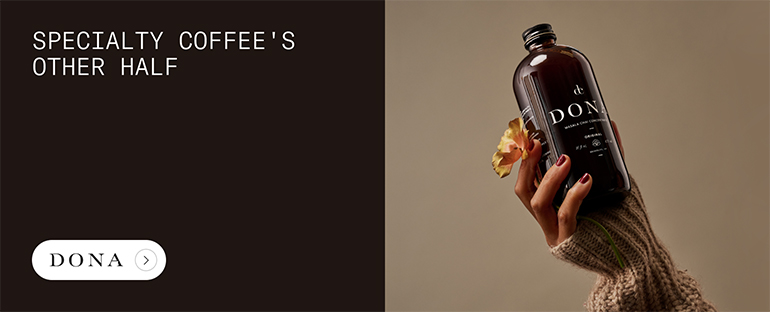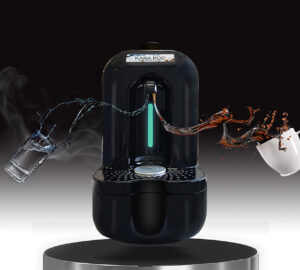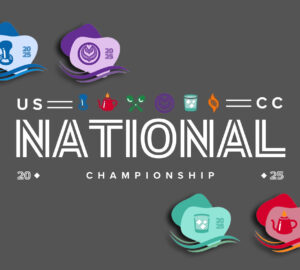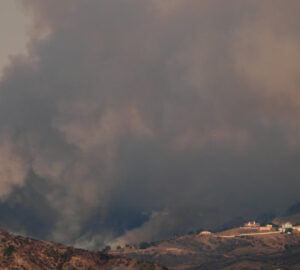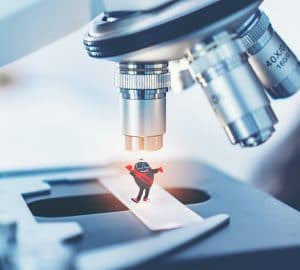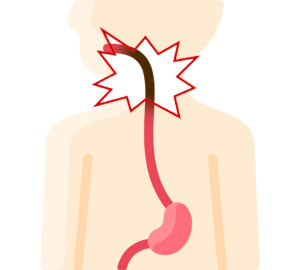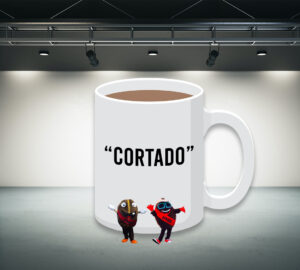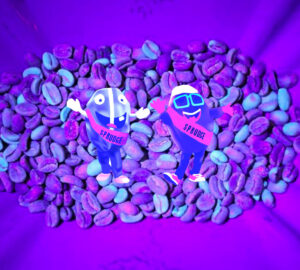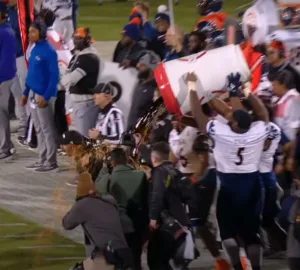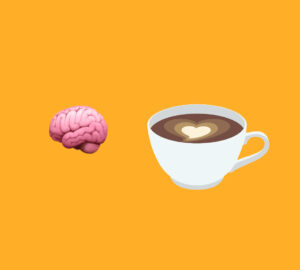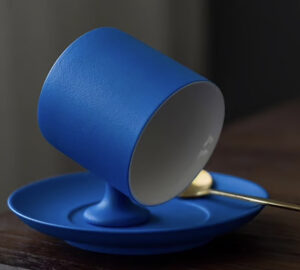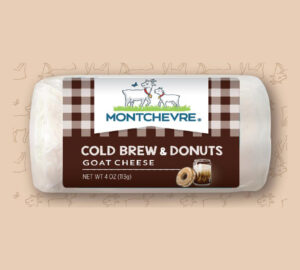Caffeine: coffee has it. Do you love it? Are you hooked on it? Does your daily constant physical interaction with this substance kind of scare you when you think about it? Turns out there’s a lot of research happening on the subject right now. Our staff writer Alex Bernson coagulates the recent findings.
If there’s a single point of agreement in the currently booming world of academic caffeine research, it’s that nobody can actually agree on anything. For example, in one recent study some researchers went to a single Starbucks location and sampled a 16oz cup of the Breakfast Blend over six consecutive days.
The caffeine content of those cups ranged from 259.2mg to 564.4mg, as documented by energyfiend.com. The FDA says “experts agree that 600 mg (four to seven cups of coffee) of caffeine or more each day is too much.” Why does the FDA have such a radically different figure for caffeine/per cup, and if a 16oz cup of Breakfast Blend can come dangerously close to “too much”, then why hasn’t the FDA regulated caffeine content in coffee or in the exploding energy drink market?
The answer is that caffeine dosage is a complicated and not fully understood topic, as I noted in my series on the health effects of working in coffee. Luckily it’s a subject that’s getting more attention and consideration, as evidenced by Kate Heyhoe’s new book we just wrote up. Another recent piece is Chemical & Engineering News’ “Caffeine Jitters”, which focuses on caffeine safety and the complications in understanding it, such as the fact that “caffeine gets cleared from the body at different rates because of genetic variations, gender, and even whether a person is a smoker.”
The article goes into quite a bit of biochemical detail on how caffeine functions and why people’s reactions to it can vary wildly. It also highlights some fundamental problems in our current understanding: first, while the ways that caffeine’s positive effects function are fairly clear, the mechanisms that cause the negative effects associated with high caffeine intake are less well understood; second, research on the subject is hard because “mice and rats—the animals we’d normally use to determine lethal doses of substances—metabolize caffeine much more quickly than humans.”
The dangers and benefits of coffee consumption is a perennial news topic, but with the expansion of caffeinated products on the market, the focus of recent news pieces has shifted towards the safety of things like Monster energy drinks and 5-Hour Energy shots. The January issue of Wired Magazine claims “caffeine has gone crazy. It now comes in so many forms that it’s hard to keep up”. To help us keep track, they made a shiny infographic breaking down the caffeine content of various products.
And keep track we must–a November piece in the New York Times claims that “the Substance Abuse and Mental Health Services Administration reported late last year that more than 13,000 emergency room visits in 2009 were associated with energy drinks alone.” The Chemical & Engineering News piece reports that “5-Hour Energy shots are also being scrutinized by FDA. Since 2009, the agency has received about 90 filings related to the product, including records of 13 deaths.”
These events are voluntarily reported cases of adverse health effects where the subject was noted to have consumed 5-Hour Energy shots among other factors, not cases where the health effects were conclusively linked to consuming the caffeinated shots. Also, if the caffeine content is so dangerous, why aren’t there dozens of deaths each year from people drinking multiple 16oz cups of coffee–cups that contain as much as twice the caffeine of a 5-Hour Energy? Due to the inconclusive evidence, and because of how energy drinks are regulated, the FDA has so far been slow to act on this issue.
The FDA has however proven themselves willing to regulate caffeine content. The FDA mandates that “cola-type” beverages cannot have more than about 6mg of caffeine per ounce, according to Chemical & Engineering News. However, 5 Hour Energy, Monster and the like are sold as “dietary supplements”, not “beverages”, so their caffeine content is totally unregulated.
Another case of FDA regulation came in 2010 when the FDA issued a warning letter about highly caffeinated alcoholic drinks, which caused Four Loko and others to voluntarily remove caffeine and other “energy” ingredients. The warning letter came after many sensational news stories on Four Loko’s effects, such as this Los Angeles Times piece detailing a scene from Central Washington University where “three girls were sprawled on a bed, a barely conscious young man was being dragged out of the backyard, a girl was prostrate on the bathroom floor and three young people were splayed senseless in a car outside”.
The FDA concluded that consuming large amounts of caffeine along with alcohol leads to excessive drinking because the caffeine gives drinkers a false sense of alertness and unimpairedness. The drink’s recipe has since been adjusted, making it considerably less easy these days to go “loco for them Lokos“.
Now, a 5-Hour energy is clearly not as dangerous as an alcoholic caffeinated energy drink, and how the caffeine in a cup of coffee relates to either of those is quite unclear. But there is certainly a growing concern over energy drinks and other highly caffeinated projects. And it begs the question: As more and more research is pursued and quantified, could the FDA someday require a warning sticker on every quad-shot latte?
UPDATE on 3/4/2013: The original version of this feature stated incorrect facts about the caffeine content in a canned alcoholic beverage called “Four Loko”, which has not contained caffeine since November 2010.
